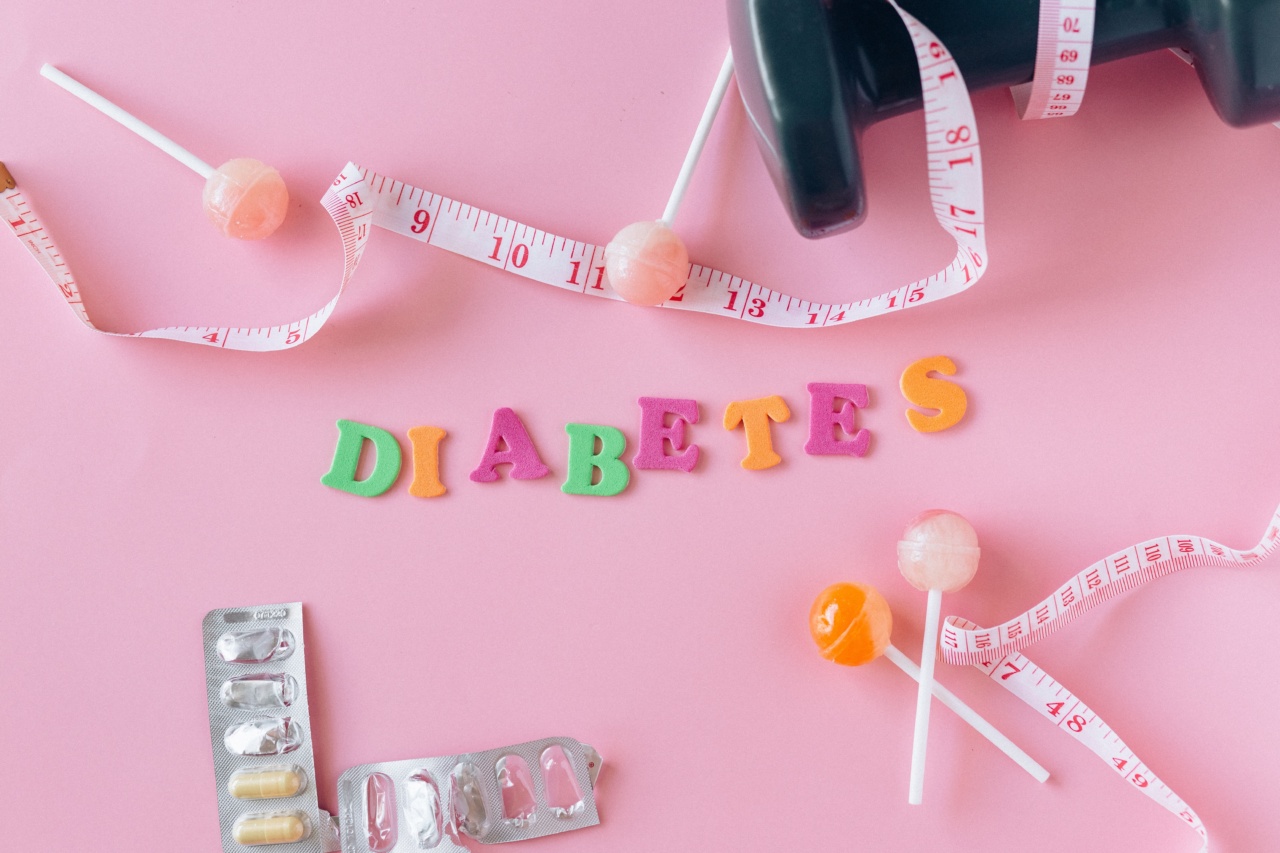Diabetic retinopathy is a common eye condition that affects individuals who have diabetes. It is one of the leading causes of blindness worldwide and can cause severe vision loss if left untreated.
Understanding the link between diabetes and vision loss is crucial in managing and preventing this condition. In this article, we will explore the causes, symptoms, diagnosis, and treatment options for diabetic retinopathy.
What is Diabetic Retinopathy?
Diabetic retinopathy is a complication of diabetes that affects the blood vessels in the retina, the light-sensitive tissue at the back of the eye.
The high levels of blood sugar in individuals with diabetes can damage the blood vessels in the retina, leading to various changes that can affect vision.
Causes of Diabetic Retinopathy
The primary cause of diabetic retinopathy is long-term high blood sugar levels. When blood sugar levels are consistently high, the blood vessels in the retina can become blocked or leaky.
Over time, these changes can lead to the development of diabetic retinopathy. Other factors that can contribute to the development of this condition include high blood pressure, high cholesterol levels, and a long duration of diabetes.
Symptoms of Diabetic Retinopathy
In the early stages, diabetic retinopathy may not cause noticeable symptoms. However, as the condition progresses, individuals may experience symptoms such as:.
- Blurred vision
- Floaters or dark spots in the visual field
- Difficulty seeing at night
- Loss of central vision
- Colors appearing washed out or faded
If any of these symptoms are experienced, it is crucial to seek immediate medical attention as early intervention can help prevent further vision loss.
Diagnosis of Diabetic Retinopathy
Diabetic retinopathy can be diagnosed through a comprehensive eye examination. The ophthalmologist will perform several tests to evaluate the health of the retina and determine the severity of the condition. These tests may include:.
- Visual acuity test
- Retinal examination
- Fluorescein angiography
- Optical coherence tomography (OCT) scan
These tests will help the ophthalmologist to develop an appropriate treatment plan based on the severity of the disease.
Treatment Options for Diabetic Retinopathy
The treatment options for diabetic retinopathy depend on the stage and severity of the condition. Some of the common treatment options include:.
- Controlling blood sugar levels: Maintaining optimal blood sugar levels can help prevent further worsening of the condition.
- Intravitreal injections: Medications may be injected into the eye to reduce swelling and leakage from blood vessels.
- Laser treatment: Laser therapy can be used to seal leaking blood vessels and prevent the growth of abnormal blood vessels.
- Vitrectomy: In severe cases, a surgical procedure called vitrectomy may be performed to remove blood and scar tissue from the eye.
Preventing Diabetic Retinopathy
While some risk factors for diabetic retinopathy, such as genetics and duration of diabetes, cannot be controlled, there are several steps individuals can take to reduce the risk or progression of the condition:.
- Maintain good control of blood sugar levels through proper diabetes management.
- Regularly monitor blood pressure and cholesterol levels, and keep them within a healthy range.
- Quit smoking, as smoking can significantly increase the risk of diabetic retinopathy.
- Visit an eye specialist regularly for comprehensive eye examinations.
Conclusion
Diabetic retinopathy is a serious complication of diabetes that can lead to vision loss if not managed properly. Understanding the link between diabetes and vision loss is essential in taking proactive measures to prevent and treat this condition.
By controlling blood sugar levels, regularly monitoring eye health, and seeking early medical intervention, individuals with diabetes can significantly reduce the risk of developing diabetic retinopathy and maintain good vision for a longer duration.





























